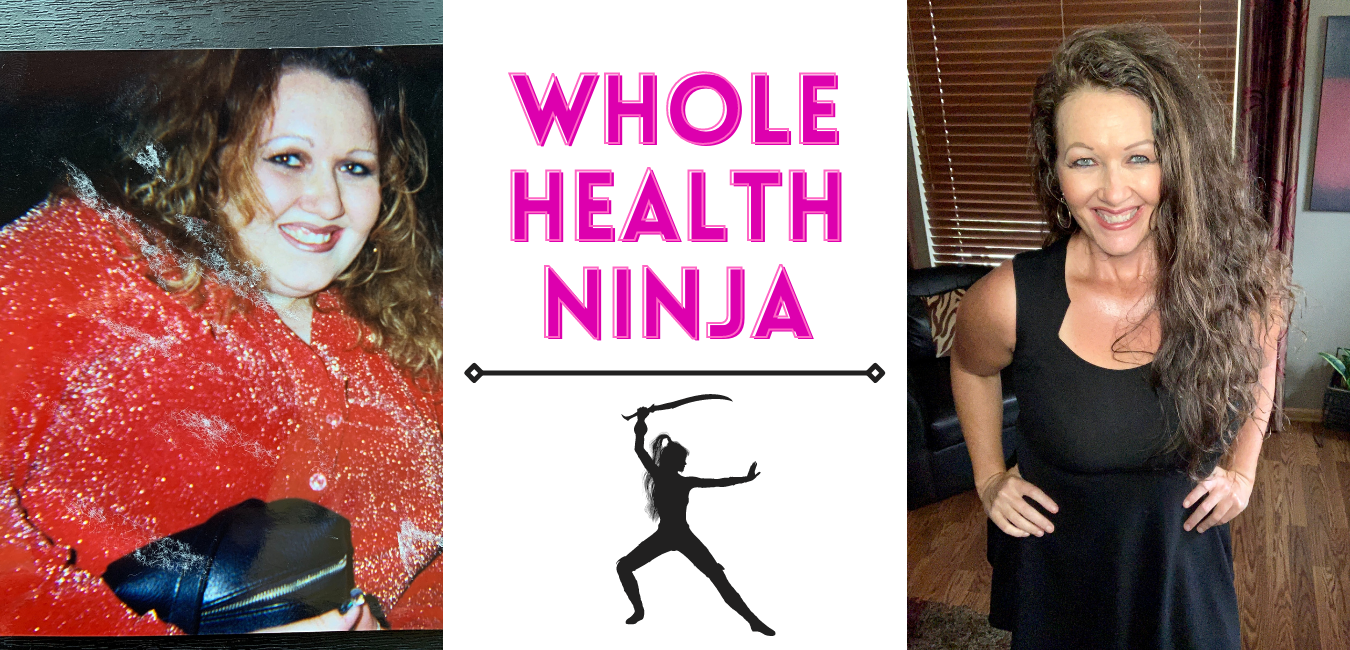Before I get into a single detail about nutrition, I want to paint a picture to illustrate why it’s so important. Here goes…
The Bill & Melinda Gates Foundation funded a study to uncover the leading cause of death and disability in the United States. The result?
The leading cause of death and disability in the United States is the standard American diet.
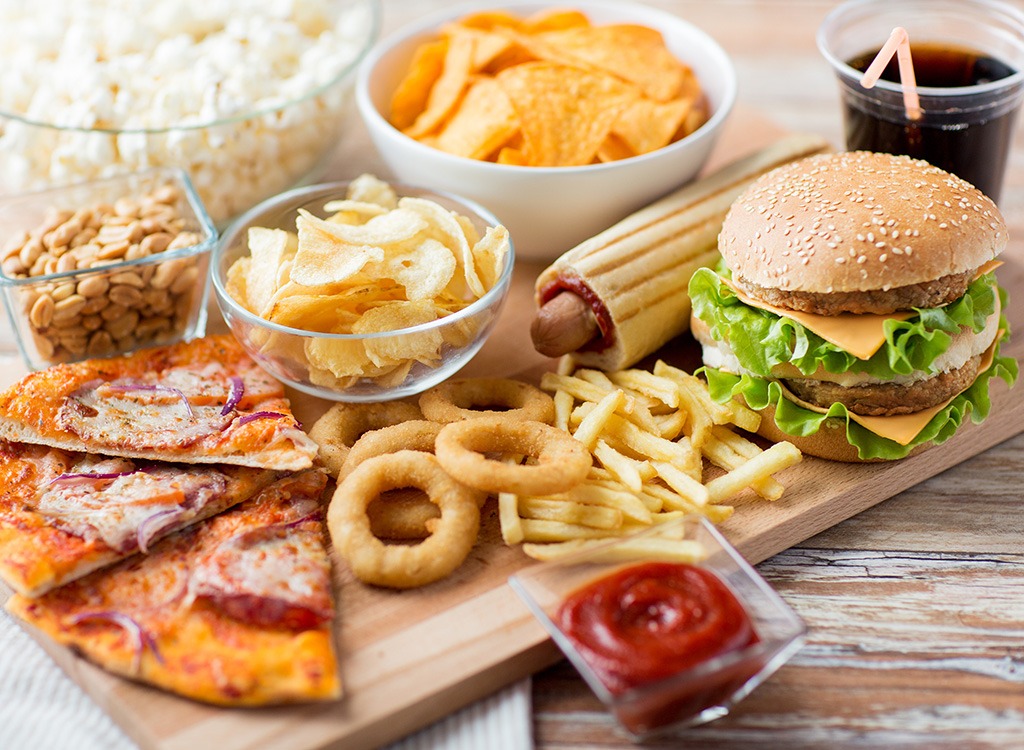
Let that sink in…
What we eat and drink is causing more people to die and live with debilitating illnesses than any other factor.
This finding is solidified by the alarming number of overweight and obese people in the United States.
It is further supported by the high rate of illnesses that are linked to unhealthy lifestyle choices like cancer, type II diabetes and cardiovascular disease.
And it’s no coincidence that autoimmune diseases like rheumatoid arthritis, lupus and thyroid diseases like Hashimoto’s (inflammation of the thyroid) are off the charts.
What do all of these things have in common? They are linked to incomplete nutrition and poor eating habits that create a toxic environment in the body.
THE GOOD NEWS
I don’t share this information to scare you or make you feel ashamed of your eating habits. In fact, my goal is the total opposite…
I share this information to EMPOWER you by knowing you have a TREMENDOUS amount of control over your health and well-being.
Now let’s put you in the driver’s seat to rock your health!
3 CRITICAL FOUNDATIONS FOR OPTIMAL NUTRITION
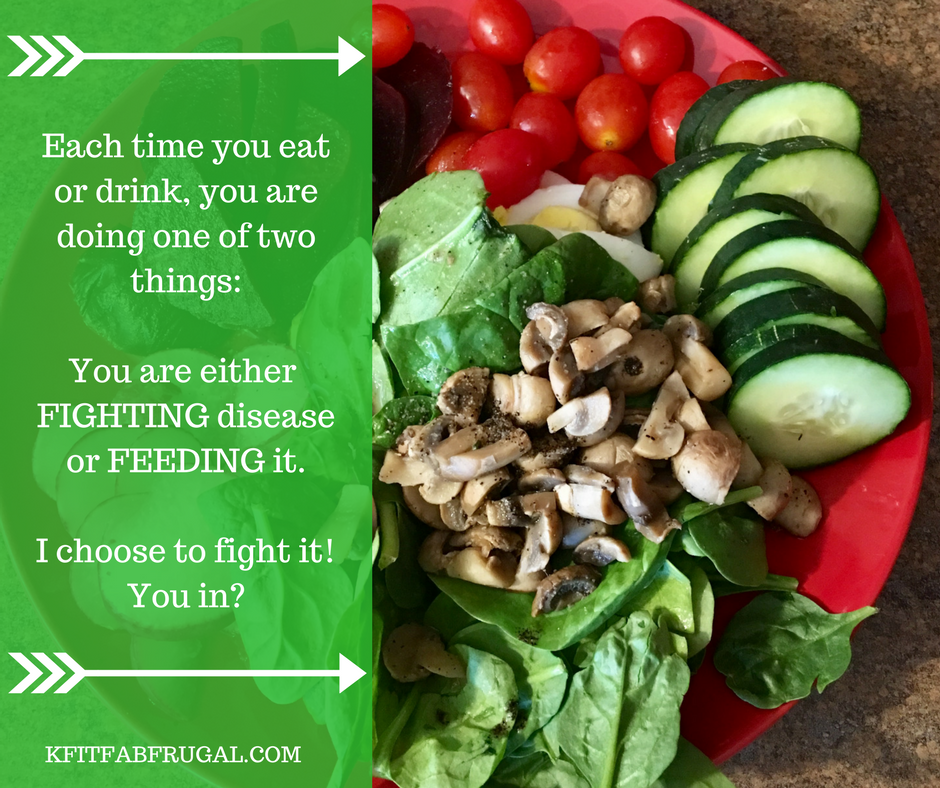 There is so much misinformation floating around out there about what we should be eating for optimal health.
There is so much misinformation floating around out there about what we should be eating for optimal health.
And don’t even get me started on all the fad diets with trendy names and crazy rules that may manipulate your body to drop weight temporarily, but they don’t nourish and strengthen your body to function at its optimum level.
It’s no wonder so many people are struggling with nutrition! Heck, it wasn’t until I got a formal education about it that I truly understood how to eat for health.
At a high level, there are 3 critical foundations you need to understand and follow in order to enjoy optimal nutrition and your best level of health:
Foundation #1: Clean Eating
In a nutshell, clean eating means consuming food from real, whole sources in their natural state. The majority of food in a clean diet should have no list of ingredients. The food itself should be the only ingredient.
For example, an organic apple is a clean food. A “cinnamon apple” breakfast bar with a laundry list of processed ingredients is not.
I realize most people won’t go through life without eating a single packaged food that has a list of ingredients. And that’s okay…as long as all the ingredients in the package are from real food sources with no chemical preservatives or synthetic fillers.
For example, I love mayonnaise. But the list of ingredients in the typical jar of mayo you’ll find in the condiment section of the grocery story is scary (ingredients like genetically modified soybean oil and sugar, and chemical preservatives like EDTA).
As I was bracing myself for the reality that I’d have to start making my own mayo, I was thrilled to find this “clean” option by Primal Kitchen that’s made simply with avocado oil, organic eggs, organic vinegar and herbs / seasoning.
There are two additional concepts that are important to understand when it comes to clean eating: “organic” and “non-GMO.”
Organic

“Organic” means the food was grown or raised without the use of any chemicals. It is important to buy organic foods to avoid consuming toxic herbicides and pesticides like glyphosate (AKA RoundUp) in your food.
These toxic elements kill the healthy bacteria in your gut that’s critical to your digestive health and, consequently, the functioning of your immune system.
That’s why the consumption of non-organic produce and animals that are raised on chemical-laden feed are linked to serious health issues like cancer.
It’s no secret that organic foods can be notably more expensive than their non-organic counterparts, which are known as “conventionally-grown” foods. The added expense is twofold:
- Organic farmers / food producers are required to obtain a certification to label and sell their products as “organic.” And they have to continuously renew their certification. This is an added expense.
- Because organic farmers / food producers don’t use chemicals to kill pests or administer medications to animals to make them bigger or keep them alive, their yields aren’t as big as conventionally-grown crops and conventionally-raised animals. The higher cost compensates for this loss.
Think of the additional expense as an investment in your health, because it will help prevent a toxic environment in your body that can lead to major health issues down the line.
Keep in mind, when you start planning your meals and controlling your portions, you will easily add dollars to your budget that can be put towards higher quality foods.
If your budget it super tight and you simply can’t afford to buy all organic produce, you can refer to the Clean Fifteen list from the Environmental Working Group (EWG). This list provides the 15 fruits and vegetables that contain the lowest amount of toxic pesticides when grown conventionally.
When it comes to eating animal products, however, the story is a bit different. Anything the animal ate or was injected with when it was alive, you end up eating when you consume the animal product.
That’s why I strongly recommend only eating animal products from those that were organically fed, allowed to roam free (“free-range” or pasture-raised”) and not given any medications.
Non-GMO
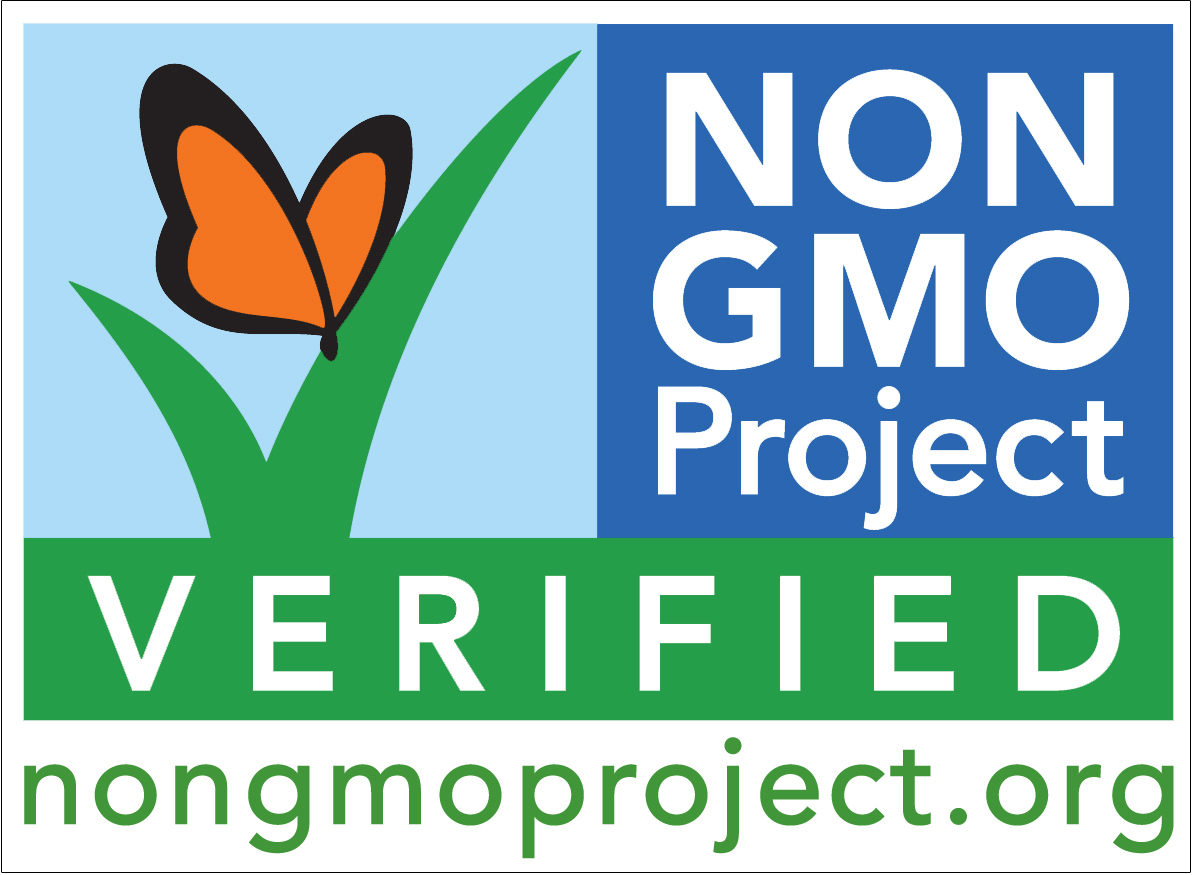
“Non-GMO’ means the food has not been genetically modified or altered from its natural state in a lab.
Genetically modified foods (often referred to as “Franken-foods”) are unnatural and have been linked to destroying the beneficial bacteria in your gut, autoimmune diseases and serious health issues like cancer.
You may be wondering why the heck anything in our food supply is even allowed to be genetically modified in the first place! Sadly, it’s all about money.
By genetically modifying the cellular structure of seeds used to grow crops and feed livestock, the seeds are very resistant to toxic chemicals used in conventional farming. They also stand up better to pests and harsh weather conditions.
The good news is that you have the power to use your dollars to vote against allowing health-sabotaging genetically modified organisms into our food supply.
Several European countries, Australia and Japan have already banned genetically modified foods from their markets. Together, we can help make this happen in the United States as well by not buying GMO foods!
When you are grocery shopping, look for labels stating the food you’re buying is certified organic and non-GMO. Sadly, if you don’t see these statements, you can assume the food is not organic and that it has been genetically modified.
Below is a helpful cheat sheet to help you avoid toxic GMO foods / ingredients when you’re shopping:

If you’d like to learn more about the history of genetically modified foods and an awesome effort that’s underway to get them out of our food supply, check out walkamileproject.com.
Foundation #2: Nutritional Balance
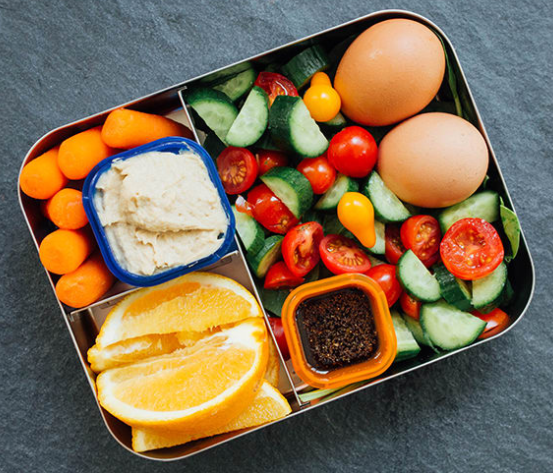
There are 3 macronutrients required by the human body to function properly:
- Carbohydrates
- Protein
- Fat
Unless you have an extreme health issue and are under the close care of a health professional, it is not wise to eliminate or vastly reduce any of these macronutrients in your diet.
Unfortunately, there are many “diet” fads and crazes out there that promote unhealthy practices. For example, many have an obsession with eliminating or vastly reducing carbohydrate intake. Here’s the problem with that:
Carbohydrates are the only macronutrient in our diet that provides fiber. (Protein and fat do not contain fiber.) Since fiber is critical to your digestive function, gut health and waste elimination, vastly reducing carbs in your diet is a bad idea.
Plus, carbs are the human body’s preferred source of fuel (glucose) for energy. Carbs are also the primary source of fuel for your brain. If your body doesn’t have enough fuel (glucose) stored in your muscles and organs to function, it has to get energy from somewhere else.
This can lead your body to cannibalize your muscle tissue. It can also cause issues like an increase in stress hormones, slowed metabolism and feelings of fogginess and exhaustion.
Somewhere along the way, carbs became associated with health-sabotaging foods like bread, pasta and other kinds of packaged crap like chips and candy bars. The problem with those foods isn’t that they contain carbs…the problem is they are processed crap with little-to-no nutritional value!
If you stick with carb sources like organic sweet potatoes, quinoa, gluten-free oats, beans and legumes, you will get loads of nutritional value that deliver a good dose of energy and solid source of fiber.
It’s important to note that all fresh vegetables and fruits have carbs, and those are the cleanest and most nutritionally-rich foods you can eat. So instead of thinking of carbs as being something bad, think of carbs as a source of energy and brain power, and fiber that keeps things moving and grooving in the bathroom.
In addition to the carbs dilemma, some people are still afraid of consuming dietary fat. Fat is important for many bodily functions and nerve health.
Dietary fat can even help with weight loss, as long as it is eaten in the right portions and comes from clean sources like avocados, chia seeds, coconuts, walnuts, almonds, pumpkin seeds, hemp seeds and flax.
Dietary fat is especially important in your diet for transporting fat soluble vitamins (A, D, E and K) through your bloodstream.
Contrary to popular belief, protein is not the king macronutrient. Don’t get me wrong, protein is certainly important for processes in your body like building muscle and repairing tissue. But protein is not any more vital for your health than carbs and fat.
The best approach for a healthy and nutritionally rich diet is eating an appropriate balance of carbs, fat and protein from clean food sources.
Foundation #3: Portion Control
 Even if you’re eating a perfectly balanced diet full of clean foods, portion control is still important to avoid over-eating. Plus, it will save you LOADS of money and unnecessary trips to the store to buy more food!
Even if you’re eating a perfectly balanced diet full of clean foods, portion control is still important to avoid over-eating. Plus, it will save you LOADS of money and unnecessary trips to the store to buy more food!
The amount of food you should be eating depends on your personal caloric needs and goals. I use this tool to make portion control a snap!
Not only does it keep my portion sizes in-check, it also focuses on clean eating and nutritional balance. SCORE!
Better yet, I don’t have to count a single calorie! And I never have to use an app or label to calculate how many grams of carbs, protein or fat I’m consuming.
This simple color-coded container system does everything for me!
Now that you understand the critical foundations for nourishing your body with optimal nutrition, we can dig into details for creating a clean, balanced, portion-controlled eating plan that’s free of foods that are grown/raised with toxins or foods that have been genetically modified.
Click HERE to get started!
Cheers to nourishing your body, rocking your health and keeping your organs free of toxins with these nutrition foundations!
With love and gratitude,
Kandi
DISCLOSURE: Any links to products above may be affiliate links, which means I earn a small commission – at no additional cost to you – if you purchase a product through them. (Click here to view my full Disclaimer & Disclosure statement.) This helps me continue providing FREE information to help you live a fit and fabulous life without busting your bank account. Thanks for your support!
